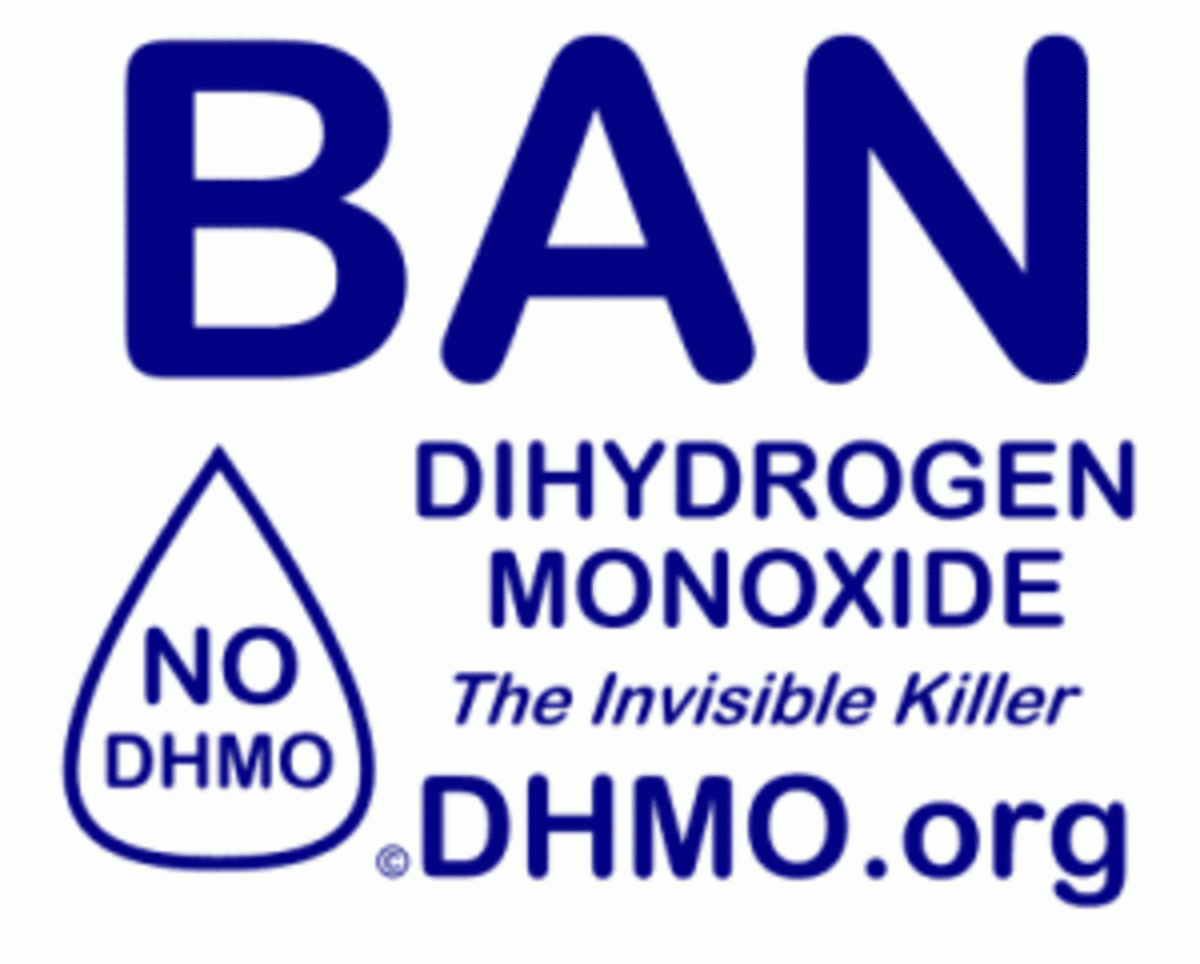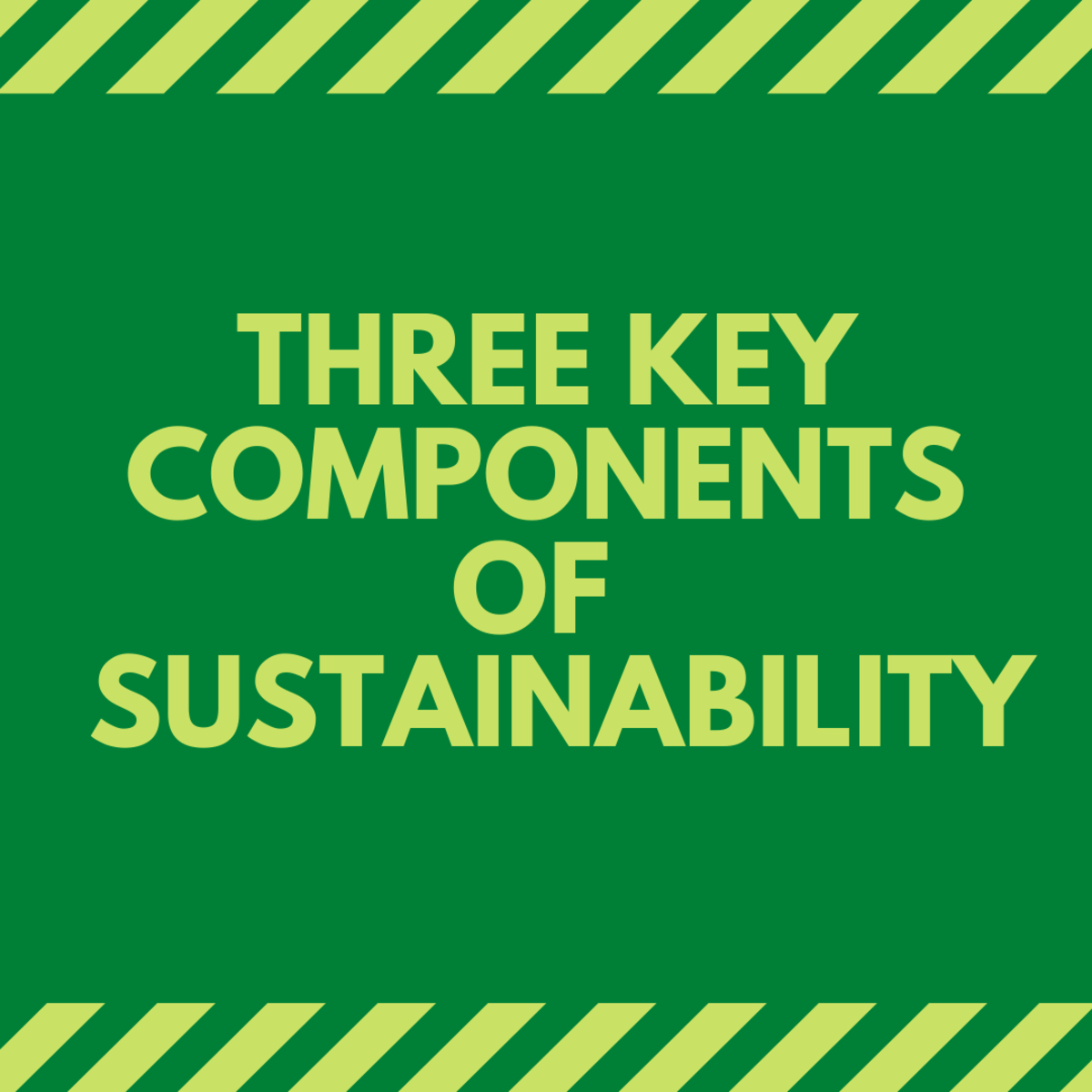Chemical substance or toxin, what is a toxin and what is an environmental toxin?
When we hear the words; toxin, toxic, poison or poisonous we often think about some dangerous chemicals or substance that can severely harm humans or the environment even in small amounts. That is also true but it is not the whole truth! To recognize a toxin we must know many more things about the chemical or the substance.
Quantity
If a chemical substance is or will be toxic isn’t just about the chemical itself, one vital part is also the quantity of the chemical or the substance! This has been known for a very long time and the first that stated the connection is said to be Philippus Theophrastus Aureolus Bombastus von Hohenheim (1494-1542) also known as Paracelcus. He was among other skills a Renaissance physician who quoted:
”Dosis sola facit venenum”
The language is Latin and it means that it is the quantity that makes the poison not the chemical.
This is very important knowledge and another way to say it is;
There are no toxic or non-toxic substances. Only dangerous and harmless concentrations!
To show you what it means take a look at this table below! As you can see many chemicals are toxic but there are also some that we normally consider harmless that can be toxic if the amount is high enough!
Substance
| Species
| LD50* (ng/kg bw)
|
|---|---|---|
Ethanol
| mouse
| 10,000,000,000
|
NaCl
| mouse
| 4,000,000,000
|
DDT
| rat
| 100,000,000
|
Nicotin
| rat
| 1,000,000
|
Tetrodotoxin
| rat
| 100,00
|
TCDD
| guinea pig
| 1,000
|
Botulinum
| rat
| 10
|
*LD 50 values;
LD stands for Lethal Dose 50 % which is the amount of a chemical substance where half of the animals die. It is a measure used in medicine to roughly indicate how toxic a substance is.

Trivia:
Botulinum is a natural toxin produced by bacteria and is said to be the most toxic substance in the world. The poison is 6 million times stronger than rattlesnake venom!
Can these tests be trusted when they are transformed to humans or the environment?
These traditional measurement as LD 50 has become the standard reference for summarizing the toxicity of substances. But there are problems with the references because of the difficulty that arise when it comes to use the references on humans. One obvious problem is the difference in body sizes since a dosage generally is measured as the amount of a substance administrated to the organism divided by the body weight of the organism. Then there is the natural differences between the species a mouse or a rat. So these kinds of references must be applied with great caution. When it comes to toxins released into the environment another problem occurs with LD 50 values since the references can only be used for high quantities during a shorter time. Because that is what LD 50 values will tell us! If a chemical is shown to be toxic even in small amounts we will know immediately that the substance probably is toxic also for humans and for the environment. The uncertainties occur when it comes to the opposite; a chemical or substance that hasn't been found toxic in LD 50 test. A chemical in the later category can be toxic under the wrong conditions! This is especially important to consider when it comes to environmental toxin.
In environmental toxicology the amounts are mostly low but the exposure
time is instead long which gives effect for long time. So a substance that is
released in small amounts today can look totally harmless in test done in a
short time. But if the same test is taken several years or decades ahead the
result can be quite different and the harmless substance can have become toxic!
And since the chemical market is exploding with thousands new chemicals
released on the market there is no way we can estimate what happens over a
longer period of time. Only facts after time can tell and then it might be too
late, at least for some of us.


What is an environmental toxin?
Environmental toxins could be described as:
Substances that arose and were released into the environment due to human activity and thus can cause damage to health and environment.
To be exposed to environmental toxins can give many different responses due to several things like;
- The poisons properties
- The organism
- The dose
- The exposure time
So, what does all this mean?
It means that the properties of a substance released into the environment can cause damage to organisms depending on the dose and the time. It means that in many cases we don’t know until a major amount of humans or animals die or show signs of toxicity. If the toxic substances do not cause immediate death through acute toxicity, it can subsequently either be excreted or stored. Storage of toxins can lead to long term effects that are called chronic toxicity.
There are more to consider when it comes to decide weather a substance can be a toxin;
Effect
The effect of a chemical is more than only toxicity of the chemical. Besides the toxicity of a substance it is important weather or not a substance is persistent and remain in the environment for a long time, and if the substance can be embedded in fat tissue or not. By taking all these parts into consideration one can try and estimate unknown and long-term effects.
Risk
Risk is the sum of exposure x effect/hazard. To calculate a risk is the same as assess the likelihood of a hazard. A risk assessment consists of:
- identify the risk,
- assess the exposure
- assess the effect,
- rate the risk
When it comes to chemicals and toxins and especially environmental toxins the risk is difficult to assess because of the many parameters that are involved. To evaluate the risk there are at least these parameters to consider:
The concentrations
The concentration is very important as stated above.
The distribution/dissemination
How much of a subject that is spread and how it is spread
Persistence
Which means if it is biodegradable or not. Many man made chemicals are not biodegradable and will therefore remain in the environment.
Bioaccumulation
The concentrations are significantly higher in living organism than the concentration that exists in the environment. It is often due to that the substance is fat-soluble.
Toxicity
Tells us how much of the substance that is needed for it to be lethal
The normal background value
Natural substances or metals can be found natural in the environment. If more or high amounts of the substance or metal are released in one area it can cause bigger damage than in an area with low background value
Interaction between different substances
The mix of different substances can give unknown results
Besides these, one must also consider the substances and the environmental conditions where the chemical or toxin is released.
Summary!
I don’t know how you feel about all this uncertainties but all these parameters and considerations tells me that the only way to go along with all this is to be careful and try not to use chemicals where it isn’t necessary. We can’t stay away from chemicals totally because they surround us everywhere even in our home and in our clothing. But we can try.
One way is to be a conscious consumer which means that you must have knowledge of what you buy! If we start to think about it when we are shopping half the battle is won! Read the labels, ask in the shop; how are this made, where is it made, and most important of all; consider if you really need the item and so on. You can read more tips for conscious consumption here!
One single person can’t make a change but if we are many, together we will make a difference.









